Turbocharging has become a widely used technology in modern vehicles, and for good reason—it offers a significant increase in engine power without requiring a larger engine displacement. In a world where fuel efficiency and emissions regulations are becoming stricter, turbocharged engines provide a smart solution to achieving more horsepower and torque while maintaining or even improving fuel economy.
In this article, we will explore the working principles of turbocharged engines, how they increase power, and why they are so effective in boosting vehicle performance.
1. What is a Turbocharged Engine?
A turbocharged engine is an internal combustion engine that uses a turbocharger to force more air (and fuel) into the engine’s cylinders. This increase in the volume of air and fuel that enters the engine allows it to burn more fuel, which in turn produces more power.
The turbocharger is a key component of this system. It consists of a turbine and a compressor that are connected by a shaft. The exhaust gases that are produced during the combustion process in the engine spin the turbine, and this energy is used to drive the compressor. The compressor then forces more air into the engine’s intake manifold, which increases the volume of air available for combustion.
2. How Does Turbocharging Work?
To understand why a turbocharged engine produces more power, we need to break down the process:
a. Increased Air Intake:
- In a naturally aspirated (non-turbo) engine, air is drawn into the cylinders during the intake stroke. The amount of air that enters the engine is limited by the engine’s displacement (size).
- However, in a turbocharged engine, the turbocharger forces more air into the cylinders. By compressing the air before it enters the engine, the turbocharger allows more air to be packed into each cylinder during the intake stroke.
b. More Air Equals More Fuel:
- The amount of fuel injected into the engine is proportional to the amount of air that is drawn in. So, when the turbocharger increases the amount of air entering the cylinders, the engine can also inject more fuel.
- The increased fuel and air mixture leads to more energy being generated during the combustion process, producing more power. Essentially, the engine is able to burn more fuel at a higher rate than a naturally aspirated engine, which translates into increased horsepower and torque.
c. The Role of Exhaust Gas:
- In a turbocharged engine, the exhaust gases that are produced during combustion are used to spin the turbine within the turbocharger. This process makes efficient use of the otherwise wasted energy from the exhaust gases.
- The turbine is connected to the compressor, which forces more air into the engine. Therefore, the exhaust gases not only power the vehicle but also contribute to the engine’s efficiency by helping it take in more air, enabling the combustion process to be more powerful.
3. Why Does a Turbocharged Engine Produce More Power?
There are several reasons why a turbocharged engine can generate more power compared to a naturally aspirated engine:
a. Forced Induction:
- The key benefit of turbocharging is forced induction, which means that air is compressed and forced into the cylinders under pressure. This process allows for a higher air-fuel mixture to enter the engine, which increases the energy output during combustion.
- In a naturally aspirated engine, the amount of air drawn into the engine is limited by atmospheric pressure and the engine’s displacement. But in a turbocharged engine, the turbocharger increases the air intake pressure, forcing more air into the engine and allowing for more fuel to be burned.
b. More Efficient Use of Energy:
- A turbocharger uses the engine’s exhaust gases, which would normally be wasted, to spin the turbine and drive the compressor. By harnessing this waste energy, a turbocharged engine can make more power without increasing the size of the engine or significantly affecting fuel efficiency.
- This leads to better overall efficiency because the turbocharged engine can produce more power with the same amount of fuel, making it more efficient than a similarly sized naturally aspirated engine.
c. Downsizing Engine Capacity:
- Turbocharging allows manufacturers to reduce the size of the engine (displacement) while still maintaining or even increasing power output. A smaller engine that is turbocharged can produce the same or more power than a larger, naturally aspirated engine.
- For example, a small 1.5-liter turbocharged engine may provide the same performance as a larger 2.5-liter naturally aspirated engine. This means that the car can be lighter, more fuel-efficient, and produce fewer emissions, all while still offering a high level of power.
d. Improved Power Delivery:
- Turbocharged engines are also known for their torque boost at lower engine speeds (RPMs). Because the turbo can force more air into the cylinders at lower speeds, it allows the engine to produce more torque earlier in the powerband. This results in improved throttle response and acceleration, particularly when starting from a stop or overtaking at higher speeds.
- This means that, in practical terms, turbocharged engines often feel more responsive, offering immediate power delivery when needed.
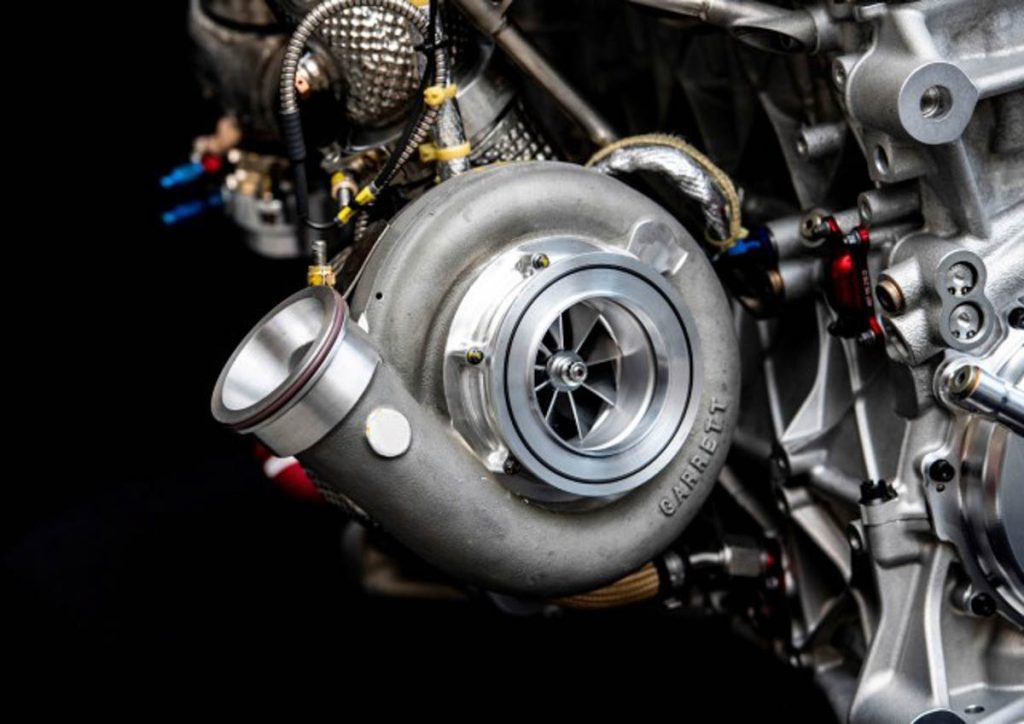
4. What are the Benefits of Turbocharged Engines?
a. More Power with Smaller Engines:
- One of the main advantages of turbocharged engines is the ability to produce more power without increasing the size of the engine. This is particularly beneficial for manufacturers looking to meet strict fuel economy and emissions regulations.
- Smaller engines with turbochargers can provide performance comparable to larger engines, but with better fuel efficiency and lower emissions.
b. Improved Fuel Efficiency:
- Despite producing more power, turbocharged engines are generally more fuel-efficient than naturally aspirated engines of the same size. Since they burn more air and fuel in the combustion process, turbo engines are able to extract more energy from the fuel, improving fuel economy.
- This efficiency is especially noticeable during highway driving or when the car is cruising at a steady speed. The smaller, turbocharged engine will often consume less fuel compared to a larger, naturally aspirated engine.
c. Better Performance at Higher Altitudes:
- In areas with high altitudes, naturally aspirated engines can suffer from reduced performance due to lower oxygen levels. Since turbochargers compress air, they can compensate for the lack of oxygen at higher altitudes, maintaining engine performance and efficiency.
- This makes turbocharged engines an ideal choice for cars driven in mountainous or high-altitude regions, where naturally aspirated engines might struggle.
d. Enhanced Driving Experience:
- The increased power output and improved torque delivery of turbocharged engines result in a more exciting and responsive driving experience. Drivers will notice quicker acceleration, improved throttle response, and a more dynamic overall performance, particularly in vehicles like sports cars and performance sedans.
5. Conclusion:
In summary, a turbocharged engine can provide more power than a naturally aspirated engine by forcing more air into the combustion chamber, allowing for more fuel to be burned and more energy to be produced. The turbocharger uses exhaust gases to spin a turbine that drives a compressor, which increases the air intake, thereby improving engine efficiency. The result is more power, better fuel efficiency, and improved performance—all from a smaller, more efficient engine.
Turbocharging has become a popular solution for automakers looking to meet performance targets while complying with fuel economy and emissions standards. The technology allows smaller engines to offer the same or better performance as larger engines, making it a win-win for both manufacturers and drivers.

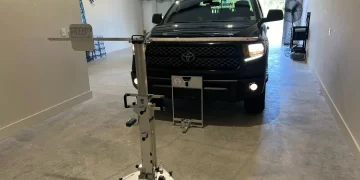

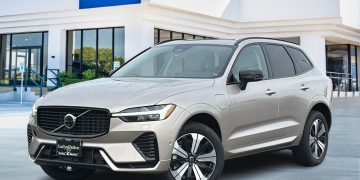







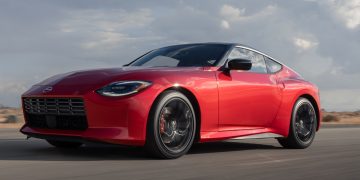


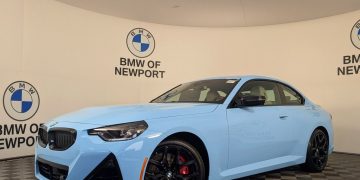






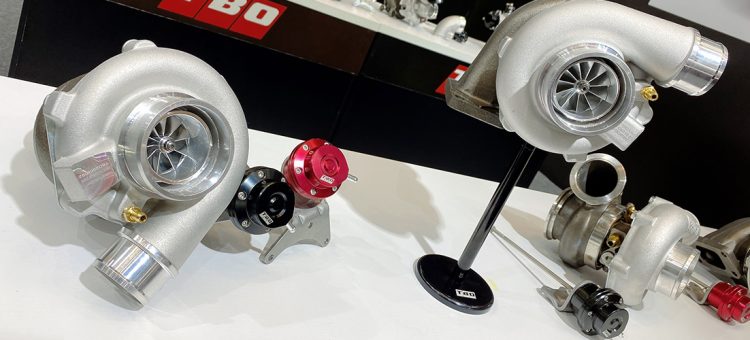












Discussion about this post